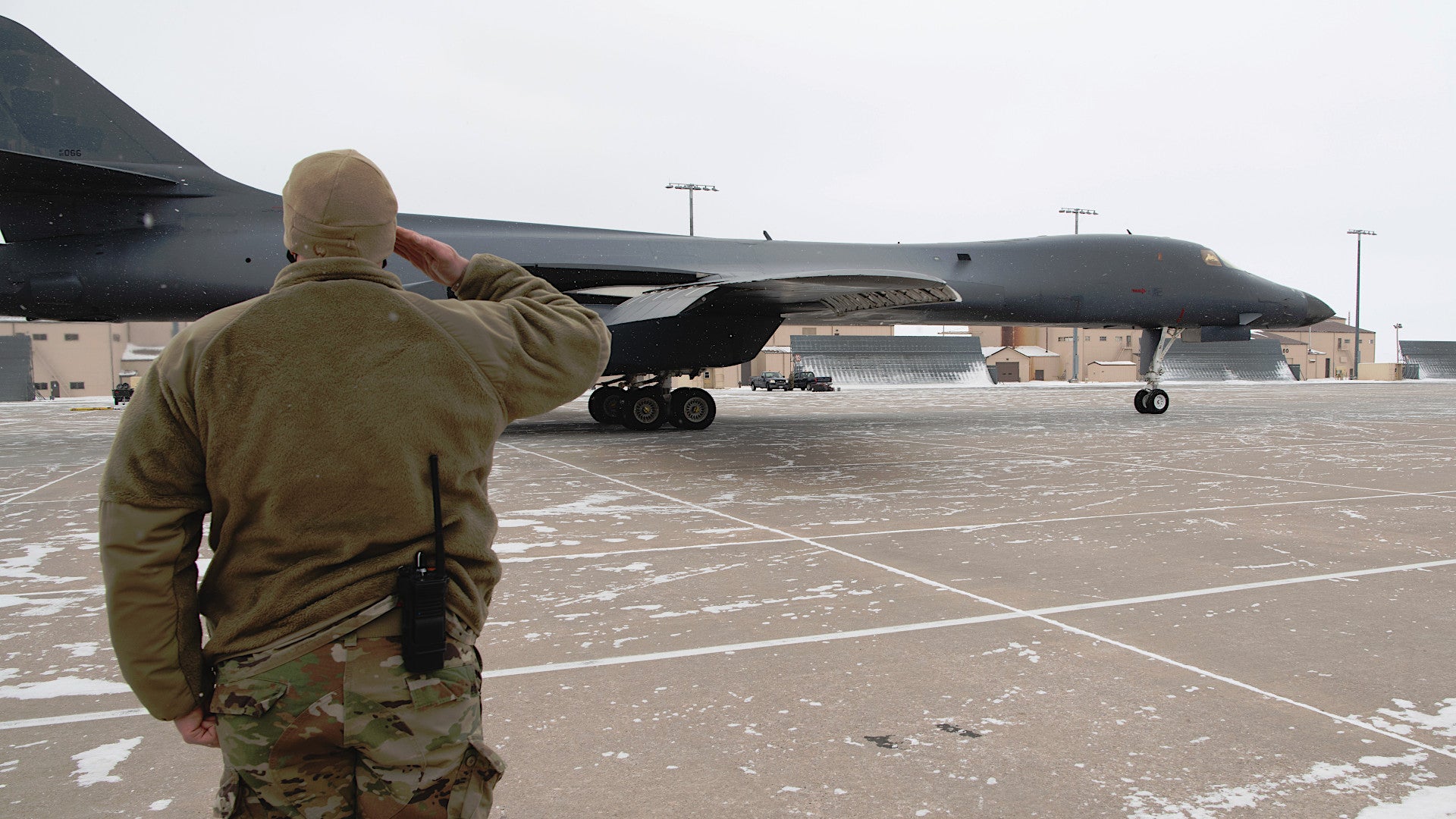The U.S. Air Force has sent the first of 17 B-1B bombers to the Bone Yard at Davis-Monthan Air Force Base in Arizona as part of a plan to consolidate the fleet and improve its readiness rates. The aircraft in question, which carries the serial number 85-0066, actually escaped being scrapped more than a decade ago after suffering a fire that caused major damage, including to total loss of its right wing, at Andersen Air Force Base on Guam.
The B-1B, previously assigned to the 28th Bomb Wing at Ellsworth Air Force Base in South Dakota, touched down at the Bone Yard on Feb. 17, 2021. The Air Force had first announced its plan to divest 17 of these bombers in its budget request for the 2021 Fiscal Year. Congress subsequently signed off the plan in the most recent annual policy bill, or National Defense Authorization Act (NDAA). Then-President Donald Trump had vetoed that legislation in December 2020, but that was overridden on Jan. 1.
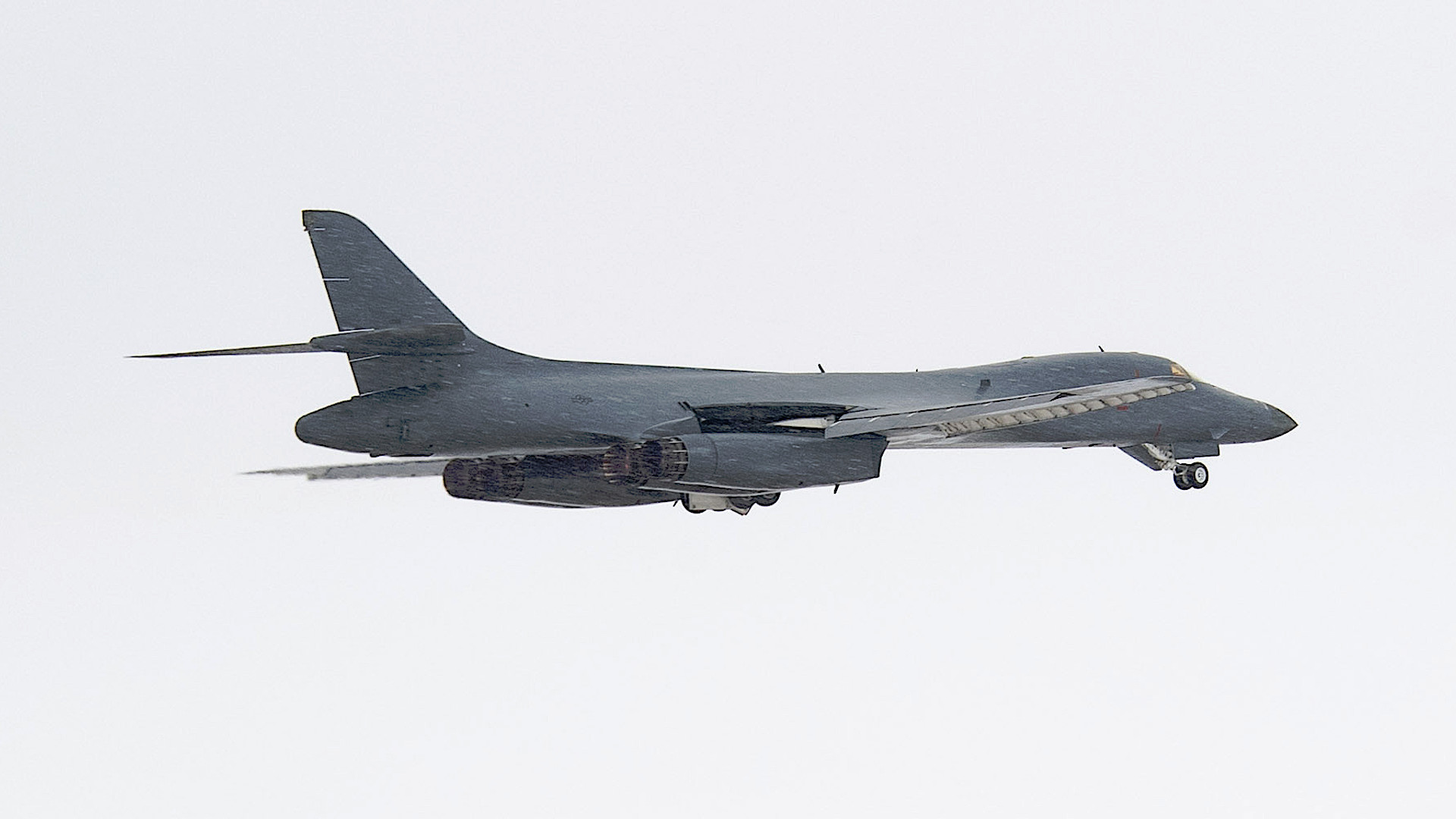
“Due to the wear and tear placed on the B-1 fleet over the past two decades, maintaining these bombers would cost 10s of millions of dollars per aircraft to get back to status quo,” Air Force General Tim Ray, head of Air Force Global Strike Command, said of the group of B-1Bs set to be retired in the coming months. “And that’s just to fix the problems we know about. We’re just accelerating planned retirements.”
Prior to yesterday, the Air Force had a total of 62 B-1Bs left in service, two of which are dedicated test and evaluation aircraft. The Air Force expects to have retired all of the B-1Bs by 2036, replacing them with B-21 Raider stealth bombers.
“Beginning to retire legacy bombers, to make way for the B-21 Raider, is something we have been working toward for some time,” General Ray also said. “The divestiture of the B-1 is necessary in order for the Air Force to create an even more lethal, agile, and sustainable force with a greater competitive edge for tomorrow’s fight.”
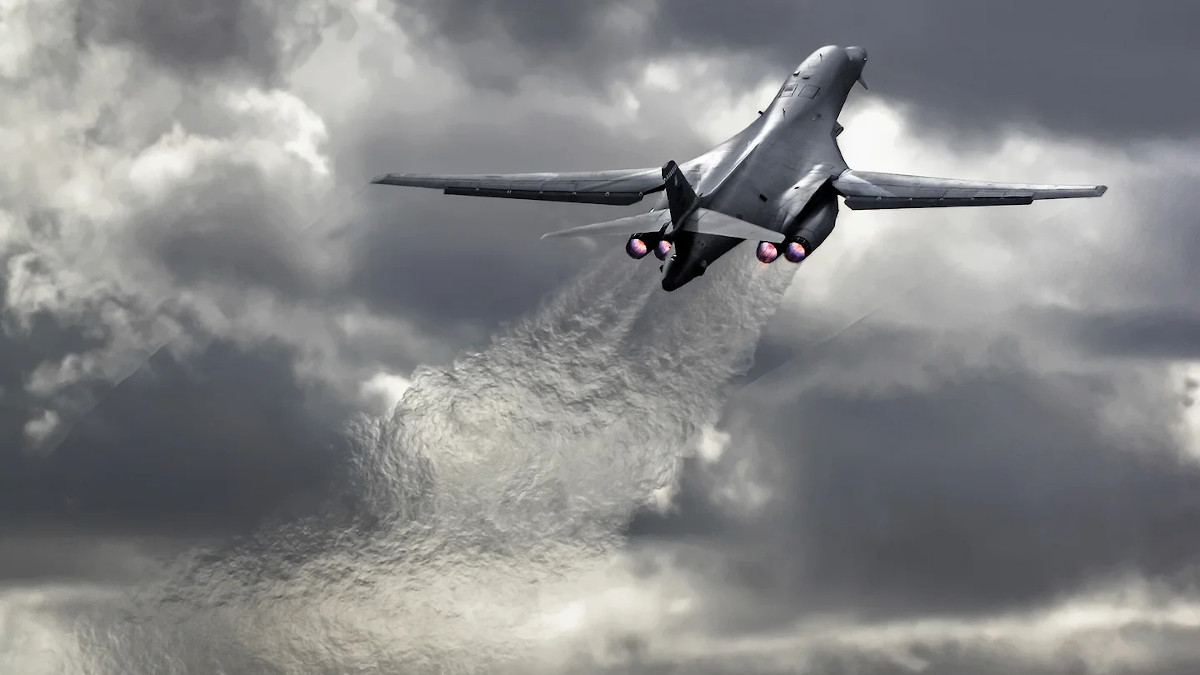
Of the 17 that will now go to the Bone Yard, four will be placed in so-called “recallable” or “Type 2000” storage, meaning that they will be kept in a state where they can be more readily reactivated and returned to service, if necessary. This is a step down from “Type 1000” storage, where aircraft are maintained to an even more substantial degree. Even then, it can take months for a bomber-sized aircraft to leave the Bone Yard and return to active duty.
A total of 100 B-1Bs were built between 1983 and 1988, 33 of which had already been retired as part of an earlier consolidation effort between 2002 and 2003. A number of other jets were lost in accidents over the years.
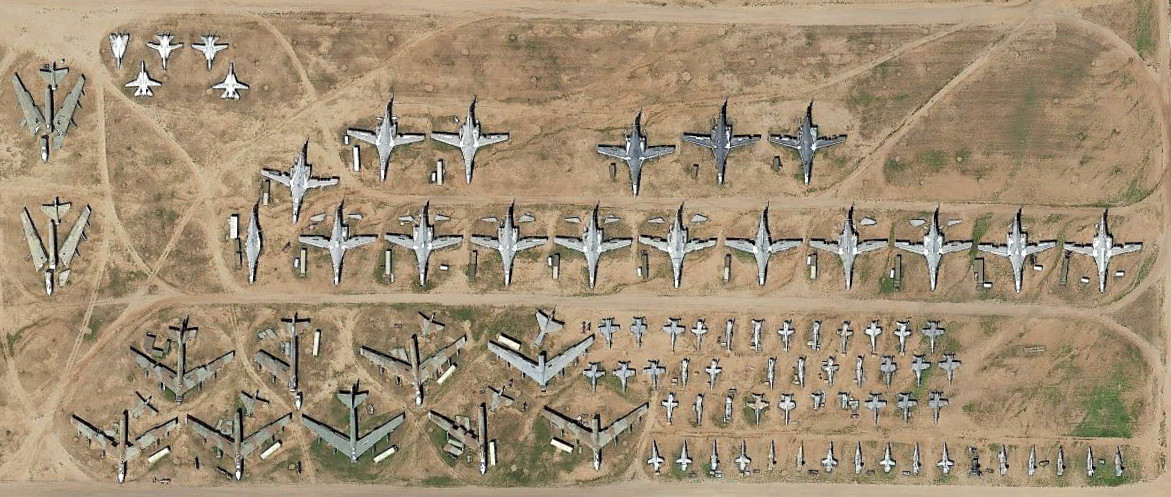
85-0066 was almost among those accidental losses. In September 2005, the jet burst into flames just after landing at Andersen on Guam. The incident was traced to leaking hydraulic fluid coming into contact with hot wheel brakes. Thankfully, the crew was able to exit the jet safely, but the damage was extensive.
The right wing was determined to be a total loss, as were the engine nacelles, landing gear, and various panels and fairings on that side of the aircraft. The total cost of the damage was pegged at around $32 million.
The Air Force initially decided to scrap the jet, the wreckage of which had remained at Andersen after the mishap. However, the service determined that it would still cost $12 million to break the jet down and ship its remains out of Guam.

More than a year after the accident, the decision was made to repair the aircraft. A combination of parts sourced from other locations, including components taken from other B-1Bs at the Bone Yard in Arizona, as well as items made locally at Andersen, were used to get 85-0066 airworthy again.
“It was in pretty bad shape,” Steve Hillian, an aircraft mechanic from the 565th Aircraft Maintenance Squadron who was part of the depot field team that repaired the jet on Guam, said in 2009. “There were a lot of problems for a plane that had been sitting for two years and had not been moved. It was more involved than a regular PDM [Programmed Depot Maintenance].”
“One of the major challenges that faced us when we were out there was not all the parts from other aircraft were completely interchangeable,” Tate Valentine, another mechanic from the 565th who was involved in getting the B-1B fixed, also said at that time. “Sometimes you have to do what you got to do to make parts fit and sometimes it took quite a while… It was basically a big jigsaw puzzle, taking these large round pegs and putting them in square holes.”
The work on 85-0066 on Guam represented the first time the entire wing assembly on a B-1B, which is a complicated component, to begin with, due to the aircraft’s swing-wing design, had ever been replaced outside of a full-service depot. Having been left out in the elements, “the aircraft was exposed to Guam’s humid climate and had extensive corrosion,” the Air Force also noted, adding time and complexity to the process. In 2008, the jet was flyable enough to leave Andersen and head to Tinker Air Force Base in Oklahoma for more extensive repairs.
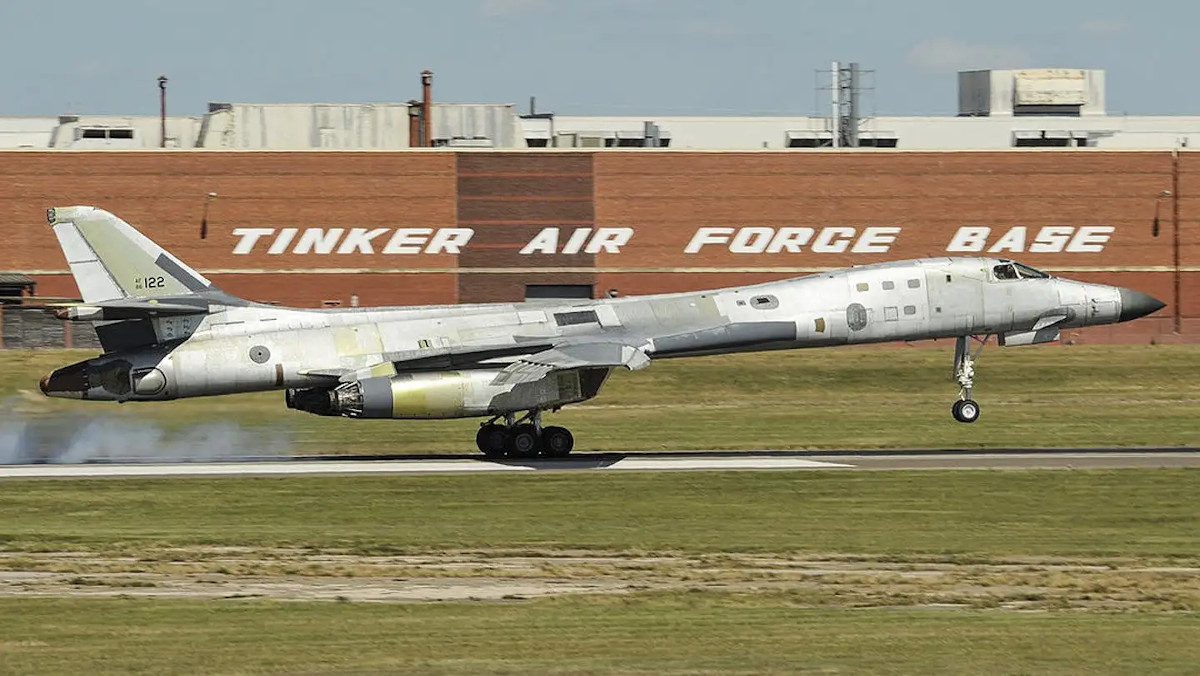
The aircraft finally returned to active duty in 2009. For a time, at least, 85-0066 carried the nickname “Get Your Kicks,” a reference to both the famous blues song Route 66 and its serial number, but the personnel at Tinker were also calling it “Frankenstein” by the time the repairs were complete.

After more than a decade of continued service, 85-0066 has now actually been retired. The Air Force is insistent that sending this jet and the 16 other oldest B-1Bs to the Bone Yard is essential to keeping the rest of the fleet operationally useful for the next 15 years.
“Retiring aircraft with the least amount of usable life allows us to prioritize the health of the fleet and crew training,” General Ray said. “Our ability to balance these priorities will make us more capable and lethal overall.”
Though they are now entering the twilight part of their careers, the remaining B-1Bs are still set to receive upgrades and other improvements in the coming years, too. There are notably plans to expand the combat capability of these jets, including the reactivation of a number of external pylons and the integration of new hypersonic missiles. The Air Force is also eying them for new roles, including as an important anti-ship platform.
The retirement of aircraft is always somewhat bittersweet, especially for the crews that flew and maintained them, but 85-0066 had already very much gotten a second lease on life once before.
Contact the author: joe@thedrive.com
